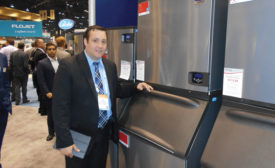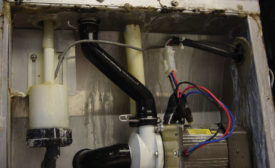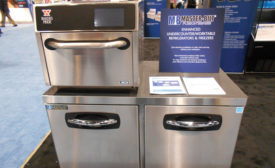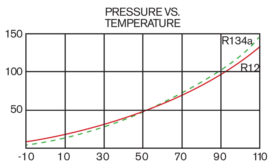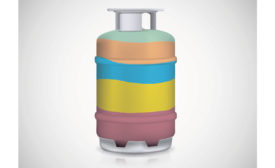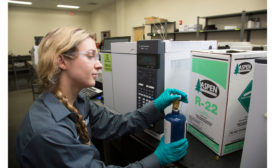Refrigeration
Products being redesigned in light of new efficiency standards, refrigerant changes
Read More
Proper Ice Machine Cleaning and Maintenance
Good practices enhance food safety, extend equipment life
Read More
Cooler, Freezer Manufacturers Refocus on Customers’ Desires
Market demand rather than government regulations is now driving product development
Read More
The Professor: Global Warming Scares Costing Us Some Popular Refrigerants
Many refrigerants have been delisted in certain applications
Read More
Ice Breaker: Troubleshooting an Iced Evaporator
Spotting an iced-up evaporator is easy, though determining how it got that way is tougher
Read More
How to Manage an OSHA Inspection, Part 1
Simple steps to ensure your facility and people are well-prepared
Read More
New Refrigeration Motor Cuts Supermarket Energy Usage
DOE verified demos show energy savings of up to 80%
July 4, 2016
Aircell System Claims 50% Energy Savings for Open Refrigerated Cases
Adande publishes research that it says proves significant energy benefit and temperature control
Read More
AHRI Removes Paint Color Assignments for Refrigerant Containers
Revisions to Guideline N specify light green-gray on all containers by 2020
July 4, 2016
A Look Inside Airgas Refrigerants’ Refrigerant Test Lab
New facility designed for flow, flexibility, and safety
July 4, 2016
Copyright ©2025. All Rights Reserved BNP Media.
Design, CMS, Hosting & Web Development :: ePublishing
